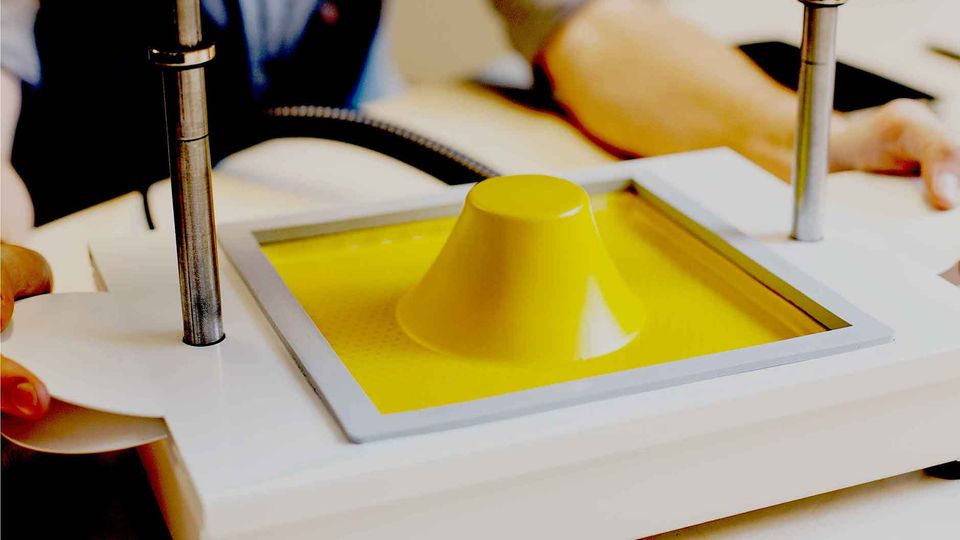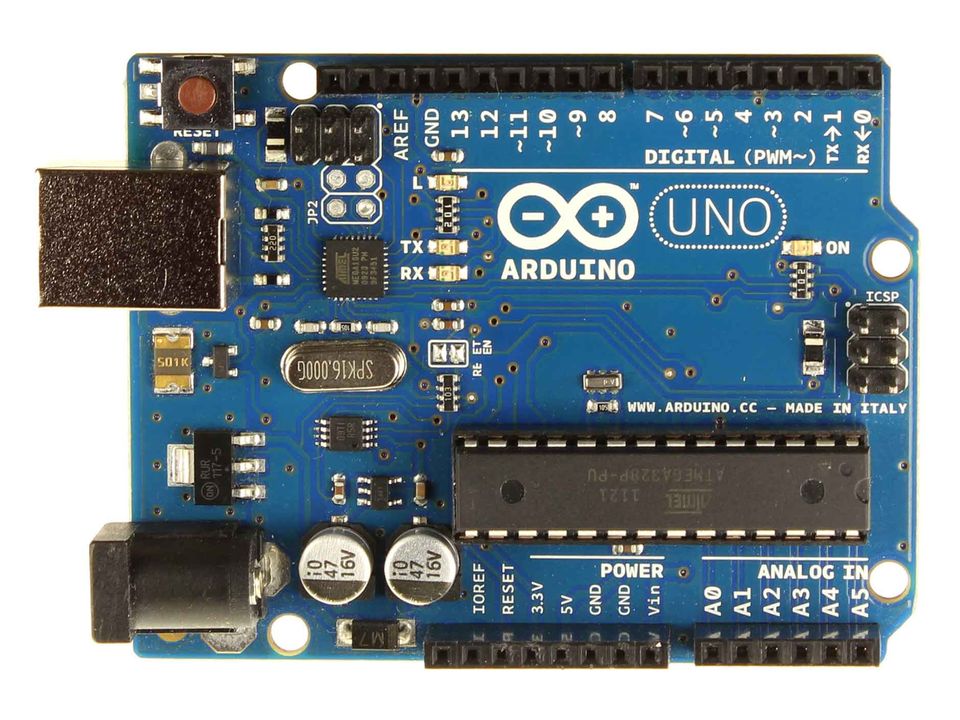Four Tools To Make You A Better Product Designer
Website Editor • February 19, 2020
Everyone’s work is deeply idiosyncratic: in our regular Spotlight segment we explore artists’ experiences and inspiration to understand what defines and inspires their unique styles.
The FormBox is an innovative product that allows you to create 3D items instantly. It is incredibly simple, allowing you to focus on product design and not product production. The steps are simple. You choose a material to build with it and place it into the FormBox unit. Once the material is warmed up, you can cover the object in the material and turn the vacuum on. The vacuum will suck out the air, molding your material to the shape you want. This amazing product helps you create designs or molds as you like. It fits on your desktop and uses your own personal vacuum. If you can think of it you can copy it, mold it, and print it. The Mayku Library allows you to show off your designs online and get inspiration from other FormBox users.

Autodesk Fusion 360
The Fusion 360 is the first tool of its kind. It allows you to connect your product development prices over a single, easy to use cloud-based platform. You can design, test, and build your product with a single artistic design tool. The cloud allows you to collaborate and work from anywhere you like, and on almost any device Mac or PC. Create organic shapes and direct solid, mesh, and parametric modeling. This 3D CAD, CAM, and CAE platform let’s you seamlessly bring together industrial and mechanical designing, testing, collaborating, and producing all in one.
GlowForge
This innovating laser printer allows you to design and print materials for minimal cost, at the push of a button. Create hardwood skins for your Macbook, dual gatling drones, a custom leather satchel, artwork, engraved jars etc. if you can imagine it, you can print it with Glowforge. The Glowforge cuts, engraves, and shapes whatever you like out of a wide array of materials using a single beam of light as thin as a human hair. Become a better product designer knowing there are almost no limitations to what you can create. You can cut and engrave directly on your prototype, use the camera to align and view the product before you hit print, and use the 3D autofocus feature. You don’t have to learn to use new software or tools because the Glowforge works with Photoshop, any camera JPG, Illustrator, or CA softwares.
Arduino
Arduino is a prototyping platform that works with simple and intuitive hardware and software. The Arduino boards were built to interpret an input and turn it into an output. Examples include:
- Turning light on a sensor to activating a motor
- Turning pushing a button into turning on an LED
- Turning a Twitter message into publishing something online
You can program the board to accept instructions and react accordingly. It acts as the brain to your product, allowing you to streamline your creative product design process. It was meant as a easy-to-use prototyping school for students who are stronger in design than they are in electronics and programming. Since then it has evolved to be a sophisticated tool for designers of all skill levels.
Scriba is a revolutionary digital stylus that is ergonomically designed to comfortably fit your hand and uses unique Squeeze-Motion technology. Order here.
Articles

The United Nations has described the disruption to education caused by the pandemic as ‘unparalleled’. At the virus’ worldwide peak in April, it is estimated that over 90% of all enrolled learners, from kindergarten to bachelors and beyond, had their education affected by school closures and the pandemic (UNESCO). For many university students and older children, they have had to adapt quickly to online learning. They can keep in touch with their peers and teachers online and continue their studies, albeit in a highly modified way. As challenging as this may be, this experience will help equip them for a future that is increasingly online. For parents of younger children, they are assuming a new role: their child’s home school teacher. This is in addition to their usual childcare and household duties, their work responsibilities and often emotional and financial worries caused by the pandemic. Stressful? Yes. The good, and somewhat surprising, news? The experts advise that you don’t teach your children - at least not in the way you might expect.

If the recent outbreak of Covid-19 has taught us anything, it's that many adults do not wash their hands effectively. It has never been more important that we support our children to develop good personal hygiene to keep themselves and our families safe. This seemingly easy task can be very difficult for children with fine motor skill difficulties. In this article, we explore some ideas to support your child with hand washing.

Lockdown has brought the digital future into the now. Online shopping, entertainment, education and more have moved from the periphery to the mainstream to, in many cases, the only option. With the necessity of social distancing looking to continue for many months, it appears that this rapid digital revolution is here to stay. This means that life as we know it, in most of its sectors, has changed forever. In order to survive, businesses are having to adapt rapidly, embrace technology and look to the future. Architecture is no exception. There has been a widespread adoption of technology and VR over the past few months in response to the lockdown across all of society. Elderly grandparents who were once resistant to adopt new technologies talk of “Zooming” and have started video chatting with their family members to combat loneliness. Art galleries that were once considered stuffy or pretentious are now pioneers in VR technology, with Google Art & Culture offering tours of London’s National Gallery or the Musee D’Orsay in Paris. These virtual tours deliver art in a dynamic new way that can be far more engaging than regular photos. Critics have applauded the panoramic and immersive views of gallery building and exhibitions which work well for rendering of 2 dimensional art, however impressions of sculpture is somewhat lacklustre. With VR technology, users can enjoy a truly immersive experience in the comforts, and safety, of their own home. The COVID-19 pandemic has served as an accelerant for the arts and entertainment industries to embrace VR.






